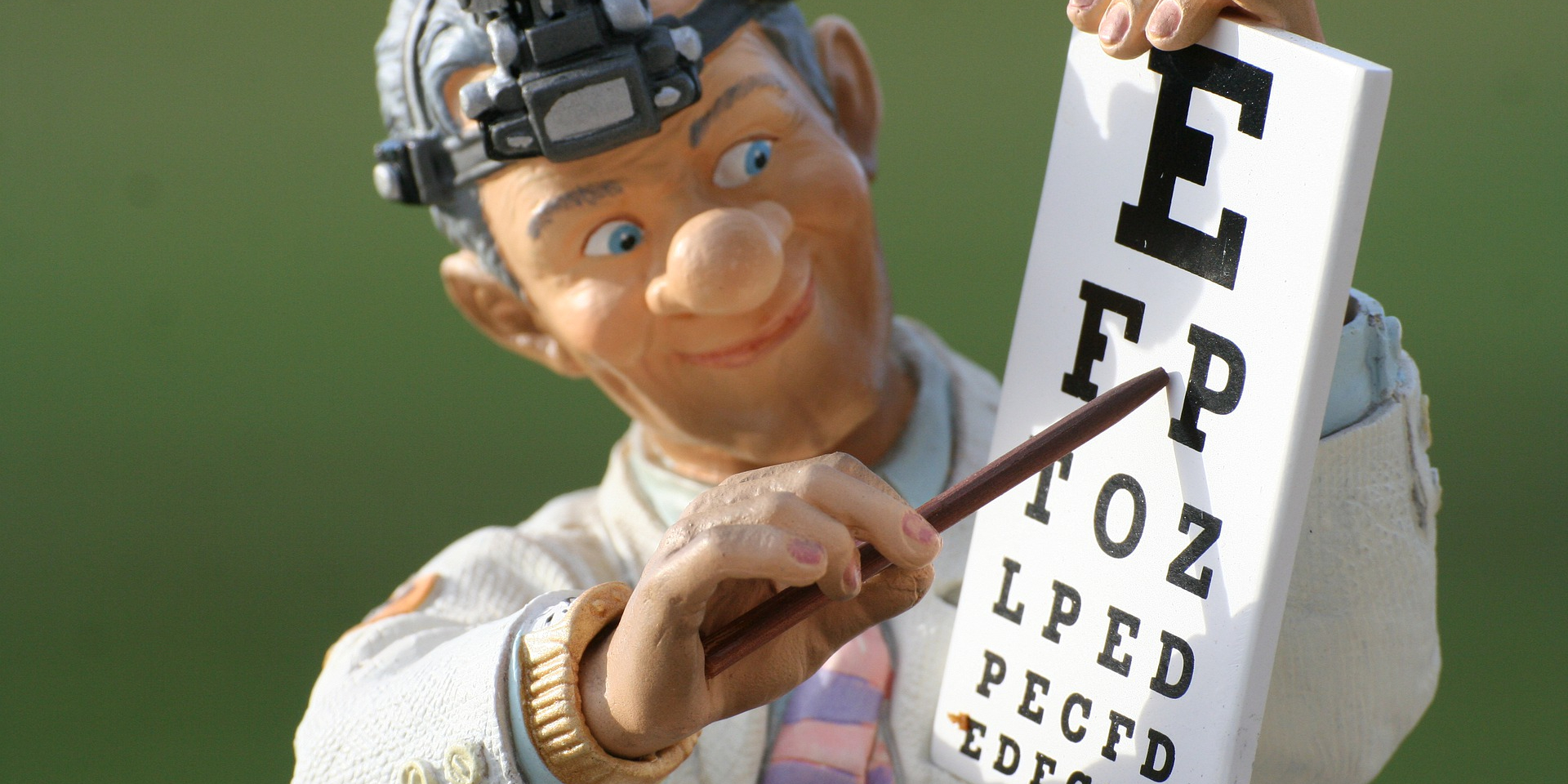Gauthier Delomez 6:18 p.m., November 19, 2021
It is not always easy to tell if a child has vision problems, especially nearsightedness. While it is advisable to see a doctor regularly, there may be signs that alert parents. In the program "Bienfait pour vous", the head of the ophthalmology department at Necker hospital in Paris indicates how to detect them.
Should he wear glasses?
Soon after birth, it is not always easy to tell if a child has vision problems, including nearsightedness.
If steps are taken regularly by the pediatrician or the general practitioner with the child, there are signs that should alert the parents.
In the program
Bienfait pour vous
, Dominique Brémond-Gignac, head of the ophthalmology department at Necker hospital in Paris, lists the different ways to identify any affectation in children's eyesight.
>> Listen to the program "Bienfait pour vous" in podcast or in replay here
An eye that's longer than normal
First, at three months, "he must already be able to follow a target", indicates the doctor on Europe 1. "The child who is going to take his bottle or the breast, he will look at his mother anyway. important point to judge as a parent ", she adds, specifying that in case of any doubt, it is necessary to think of asking quickly to the pediatrician or the ophthalmologist.
If the child is nearsighted, it is because he has a physiologically different eye from the others.
"This eye is larger than normal for the age of the child," explains Dominique Brémond-Gignac, who continues: "The fact that the eye is more elongated means that the images on the retina do not fit. be focused in the right place, which will give blurred vision. The most common is an eye that is too long ".
>> READ ALSO
- Child's myopia: these new features that help curb this disorder
Retinal risks that persist
If later, the child is operated on his myopic eye, risks persist on the retina, observes the doctor.
"Even if you have an operation, it will flatten the cornea precisely so as to refocus the focus on the retina. But as the eye is always too large, retinal or other risks" are always possible, affirms Dominique Brémond-Gignac.
As the child grows, the eye affected by myopia will also continue to grow.
This sight problem is generally of hereditary origin, or due to overexposure to screens or the lack of going outside, as has often been the case during confinement.
To curb myopia, you can use drops, rigid lenses or defocusing glasses.

